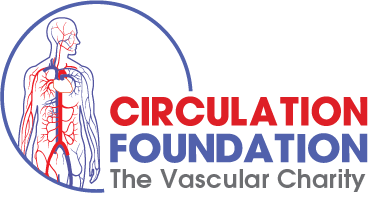Leg Ulcers
Leg Ulcers
Leg ulcers are a common problem, which can affect both young patients and more commonly older patients. There are a variety of causes, but ulcers linked to varicose veins and superficial venous reflux diseases are common, troublesome, yet treatable. Other common causes include Diabetes, poor arterial circulation, peripheral neuropathy & numbness, and pressure ulcers.
However leg ulcer treatment requires experienced careful initial assessment and evaluation, which commonly may use ultrasound scans and Doppler tests. A multidisciplinary team approach with specialist nursing and wound care advice, in addition to standard community nursing care is usually required. This expertise in assessment and treatment guidance are provided by Mark and his team.
Venous ulcers
Compression bandaging, and venous interventions can be helpful in aiding venous ulcer healing, where appropriate.
Treatments are directed at the leaking vein systems to either reduce pressure by closing or blocking the veins with either ablation techniques or sclerotherapy injections, or by surgically removing the veins. (See our web page on varicose veins for more detailed information).
Modern ablation treatments use heat within the long or short saphenous veins. The branch varicose veins can be treated by injection treatments (foam sclerotherapy), simple removal (phlebectomies), or ligation (of perforator veins).
The latest novel treatment is the recently developed VenaSeal ablation technique, which uses a specifically designed glue to ablate the long or short saphenous veins, rather than heat treatment. This requires no compression bandaging afterwards, and enables patients to return to full activity immediately; a truly walk-in, walk-out treatment, and is available now for suitable patients.
All of these treatments can be performed under local anaesthetic, as outpatient or day case procedures, and enable patients to remain mobile, return to work and activities early, and minimise pain, scars and risks, but usually speed ulcer healing in conjunction with compression bandaging or compression garments.









